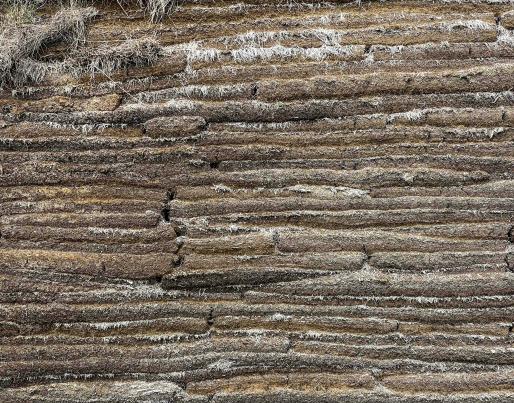
Comparison of the Carbon Payback Period (CPP) of insulation materials and existing external walls in European countries

Comparison of the Carbon Payback Period (CPP) of insulation materials and existing external walls in European countries
The article presents a comprehensive comparison and calculation of the Carbon Payback Period (CPP) for selected insulation materials, combined with selected typical building partitions, and shows how quickly the payback period of greenhouse gases in the production of insulation materials is completed.
The EU Fit for 55 legislative package provides for the introduction of regulations enabling the achievement of the emission reduction target by 55%. As part of the necessary actions, it is necessary to increase the energy efficiency of existing buildings. To achieve this, there are plans to increase the pace of the modernisation of buildings, from 1% to 3% of buildings annually by 2030. However, this must be done for the principles of sustainable development, circular economy and the conservation of buildings.
This article presents a comprehensive comparison and calculation of the Carbon Payback Period (CPP) for selected insulation materials, combined with selected typical building partitions, and shows how quickly the payback period of greenhouse gases in the production of insulation materials is completed. Individual insulation materials (stone and glass wool, expanded polystyrene (EPS), extruded polystyrene (XPS), polyurethane (PUR) and cellulose) were analysed concerning different types of walls (seven types—including solid wall, diaphragm wall, large panel system (LPS), and concrete), in different locations (Poland, Germany, Czech Republic, Austria, Finland, Europe) and for various energy sources (electricity, gas, oil, biomass, district heating).
After taking into account the carbon footprint embodied in the insulation materials, along with the potential reductions in the operational greenhouse gas emissions, the Carbon Payback Period (CPP) was determined, resulting from the use of a given technology, insulation material and location. By comparing the CPPs for different insulations, this paper shows that the results vary significantly between EU countries, which have different embodied carbon factors for energy sources and materials, and that there is still a serious lack in the availability of reliable environmental information, which can limit research results.
The European average CPP
This paper aimed to present the value of CPP of various variants of thermal insulation of existing external walls in residential buildings. The very extensive results obtained vary depending on the type of existing wall, the selected insulation material and the location, and range from less than 0.1 years to even several decades, depending on the parameters taken into account. However, the main conclusion is that the European average CPP values do not exceed 2.9 years, which means that external wall insulation is definitely a desirable action and that the carbon footprint embodied in the insulation material is quickly returned in the form of savings on the operational carbon footprint.
The study also showed that in specific cases, the carbon footprint payback can be either very long (especially when heating with partially renewable energy sources such as biomass) or very short (e.g., for materials with a low carbon footprint or when heating spaces with high-emission electricity). There are also specific conditions for selected locations, such as high PEFn value or climatic differences, making the results for different EU countries very different.
Carbon Payback Period (CPP) of insulation materials and existing external walls in European countries
English (12.49 MB - PDF)
